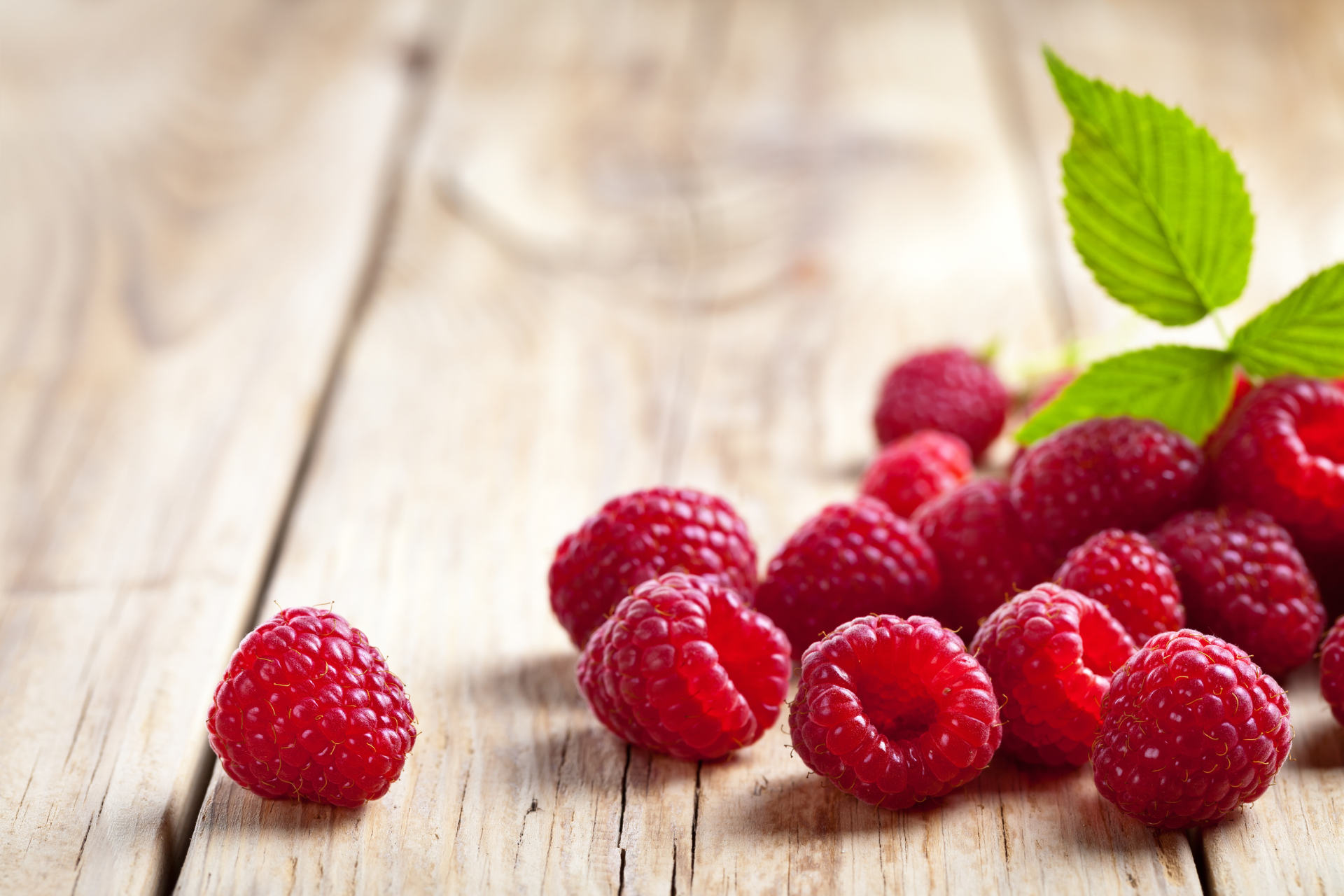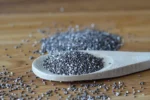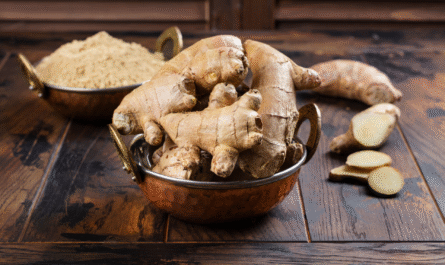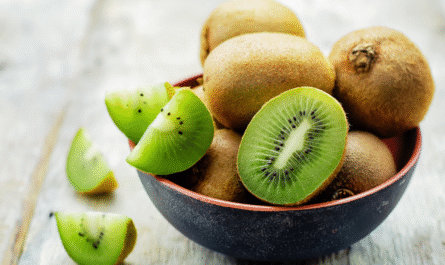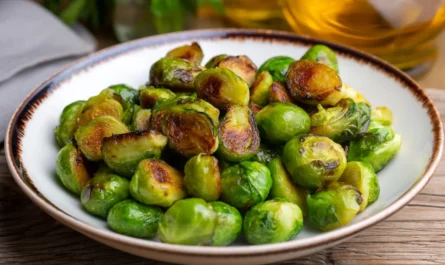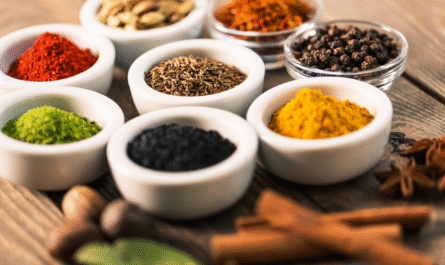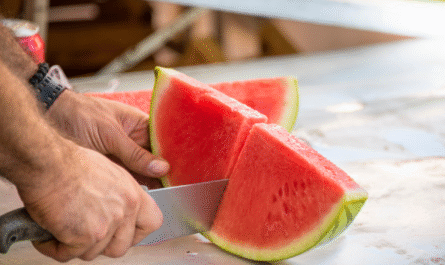Maintaining healthy cholesterol levels isn’t just about cutting out fatty foods or swearing off eggs. As an expert myself, I often advise people to shift their mindset: instead of obsessing over what to remove from their diet, they should think about what they can add.
One of the most powerful additions? Fiber, especially the soluble kind. It plays a key role in sweeping excess cholesterol out of your system. Yet despite all we know about its benefits, most people don’t get nearly enough.
Soluble fiber works like a sponge in your digestive tract. It binds to cholesterol particles and helps move them out of the body before they’re absorbed into the bloodstream. This not only helps lower your LDL (the “bad” cholesterol), but it can also indirectly support raising HDL (the “good” cholesterol). Soluble fiber also helps regulate blood sugar, supports your gut microbiome, and keeps you fuller for longer, important factors for metabolic and heart health.
The foods I’m about to highlight aren’t obscure or expensive. They’re everyday, accessible staples that just need to be eaten more often. I’ve recommended them for years to clients struggling with high cholesterol, and the results speak for themselves. Let’s dig into the six fiber-rich foods I trust the most to support cholesterol management, and why they work so well.
1. Oats
Oats are more than just a cozy breakfast option. They’re clinically proven to lower cholesterol thanks to their high concentration of beta-glucan, a type of soluble fiber that forms a gel in the gut. This gel traps cholesterol-rich bile acids and prevents them from being reabsorbed. As a result, your liver pulls cholesterol from the blood to make more bile, effectively lowering your circulating cholesterol levels.
A single cup of cooked oats contains around 4 grams of fiber, with a substantial portion being soluble. But it’s not just the beta-glucan that helps. Oats also support the gut microbiota by acting as a prebiotic, fueling the beneficial bacteria in your colon. This interaction may further influence lipid metabolism in positive ways, like increasing short-chain fatty acid production, known to lower cholesterol synthesis in the liver.
I often recommend starting your day with oatmeal as a practical and therapeutic routine. Add berries, flaxseed, or chia seeds for an even bigger fiber hit. For people who don’t love oatmeal, oat bran, overnight oats, or even adding oat flour to recipes, can offer similar benefits.
2. Avocados
Avocados are best known for their healthy fats, but they’re also surprisingly high in fiber, especially soluble fiber. One-third of a medium avocado gives you about 3 grams of fiber, and roughly one-third of that is soluble. It’s this perfect marriage of heart-healthy monounsaturated fats and fiber that makes avocados a smart choice for cholesterol control.
What’s especially compelling is how avocados influence the gut microbiome and inflammation. Studies have shown that people who eat one avocado per day experience reductions in LDL cholesterol and improvements in overall lipid profiles. The fruit contains phytosterols, plant compounds that block cholesterol absorption in the intestines. It also supports the gut barrier, reducing systemic inflammation that can damage blood vessels and promote plaque buildup.
I advise clients to go beyond guacamole. Mash avocado onto whole grain toast, add slices to a sandwich, or blend it into smoothies for creaminess without added sugar or dairy. It’s one of the easiest ways to sneak more fiber into your diet while enjoying something rich and satisfying.
Also Read: 8 Foods to Eat to Help Reduce Your Risk of Stroke, According to Experts
3. Chia Seeds
Chia seeds might be small, but they pack a serious punch, offering nearly 10 grams of fiber in just one ounce. About 85% of that fiber is soluble or mucilaginous, which means it absorbs water and forms a gel that slows digestion and traps cholesterol in the gut. Chia is one of the richest plant-based sources of fiber per gram, making it an ideal daily addition for anyone targeting cholesterol reduction.
Beyond fiber, chia seeds bring omega-3 fatty acids, antioxidants, and plant-based protein to the table. This nutrient synergy helps improve satiety and curb appetite, supporting weight loss efforts, a key factor in improving lipid levels. Some studies have shown that regular chia seed consumption can lower total cholesterol, LDL, and triglycerides, especially in people with metabolic conditions like type 2 diabetes or obesity.
One of the best things about chia is how versatile it is. Stir it into oatmeal or yogurt, blend it into smoothies, or make chia pudding for a snack or dessert. The gel-like texture it forms when hydrated is exactly what helps trap cholesterol in the digestive system. It’s functional, easy, and effective.
4. Raspberries
Most people think of fiber when they hear “bran” or “whole grains,” but few realize that certain fruits pack just as much. Raspberries are a great example. One cup delivers a whopping 8 grams of fiber, with a balanced mix of soluble and insoluble types. They also contain anthocyanins and ellagic acid, two powerful antioxidants that play a role in reducing oxidative stress and improving vascular health.
The unique mix of fiber and polyphenols in raspberries helps regulate lipid metabolism. Fiber slows fat absorption and prevents spikes in blood sugar, which helps stabilize cholesterol levels. Meanwhile, antioxidants reduce the oxidation of LDL particles, making them less likely to stick to arterial walls and form plaques.
Fresh, frozen, or freeze-dried, raspberries are easy to incorporate into your meals. Sprinkle them over oatmeal, stir into Greek yogurt, or blend into a smoothie. Because they’re low in sugar and high in fiber, they won’t cause blood sugar spikes, making them ideal for anyone watching both cholesterol and glucose.
5. Legumes
Beans, lentils, chickpeas, these humble staples are some of the most effective cholesterol-lowering foods you can eat. A single cup of cooked legumes offers anywhere from 12 to 16 grams of total fiber, with a significant portion being soluble. Plus, they contain resistant starch, which ferments in the colon and leads to the production of short-chain fatty acids that help reduce LDL levels.
Research consistently supports legumes as effective agents in lowering both total and LDL cholesterol. Eating just one cup of beans daily has been linked to measurable improvements in lipid profiles within four weeks. They also help displace animal protein and saturated fats in the diet, which further reduces cholesterol intake and production.
I advise clients to batch-cook lentils or beans and add them to salads, grain bowls, soups, and stews. Canned options are fine, just rinse to reduce sodium. With their low cost, long shelf life, and versatility, legumes are one of the best dietary tools we have to improve cholesterol and overall health.
6. Edamame
Edamame, or young soybeans, are often overlooked but deserve a spot in your weekly rotation. One cup of cooked edamame delivers about 8 grams of fiber and 17 grams of plant-based protein. Not only does the fiber help reduce cholesterol directly, but the soy protein has unique LDL-lowering properties on its own.
Soy contains specific proteins and isoflavones that reduce the liver’s production of LDL cholesterol. Some studies show that eating soy products can reduce LDL by 3% to 5%, especially when they replace animal proteins high in saturated fat. Combine that with the soluble fiber found in edamame, and you’ve got a heart-health double hitter.
I recommend eating edamame straight from the pod with a sprinkle of sea salt as a snack, tossing them into stir-fries, or blending shelled edamame into dips. It’s a fun, satisfying food that’s easy to prep and packs a fiber-protein punch without the cholesterol baggage of meat.
Final Thoughts
If you’re struggling with high cholesterol or looking to prevent it, remember this: it’s not about deprivation. It’s about integration. By adding more fiber-rich foods like oats, avocado, chia seeds, raspberries, legumes, and edamame into your regular eating pattern, you’re doing your heart a favor, without feeling restricted or hungry.
Consistent, sustainable change beats drastic elimination diets. Focus on adding, not subtracting. These foods don’t just help with cholesterol, they also support digestion, blood sugar balance, and long-term satiety.
Pair them with other habits like regular movement, cutting back on saturated fat, managing stress, and checking your bloodwork annually, and you’ve got a solid, science-backed plan for cardiovascular health.
Fiber is powerful, and when you eat it consistently from whole, plant-based sources, you don’t just lower your cholesterol, you raise your health baseline. And that’s a change worth sticking to.
FAQs
Fiber supplements like psyllium can help, but they don’t offer the full spectrum of nutrients, antioxidants, and phytochemicals found in whole foods. For best results, prioritize food first. No, soluble fiber is the key player when it comes to lowering LDL cholesterol. Insoluble fiber supports digestion and regularity but doesn’t bind cholesterol in the same way. Cholesterol improvements can be seen in as little as 4–6 weeks after increasing soluble fiber intake, especially if other lifestyle changes are also made. If your diet is still high in saturated and trans fats, fiber’s benefits can be outweighed. For best results, pair high-fiber foods with heart-healthy fats and reduce processed, fatty foods. Can fiber supplements lower cholesterol as effectively as food?
Are all types of fiber equally effective for cholesterol?
How long does it take to see results from a high-fiber diet?
Can high-fiber foods raise cholesterol if eaten with unhealthy fats?




